- Offboard
- Posts
- Amazon just rewrote the tech org playbook: cutting 14,000 to fund AI. What happens next?
Amazon just rewrote the tech org playbook: cutting 14,000 to fund AI. What happens next?
Amazon cut thousands to fund AI, Meta and Chegg followed with layoffs, and Vinod Khosla says the U.S. should own 10% of every company. Welcome to the week tech’s future got rewritten.
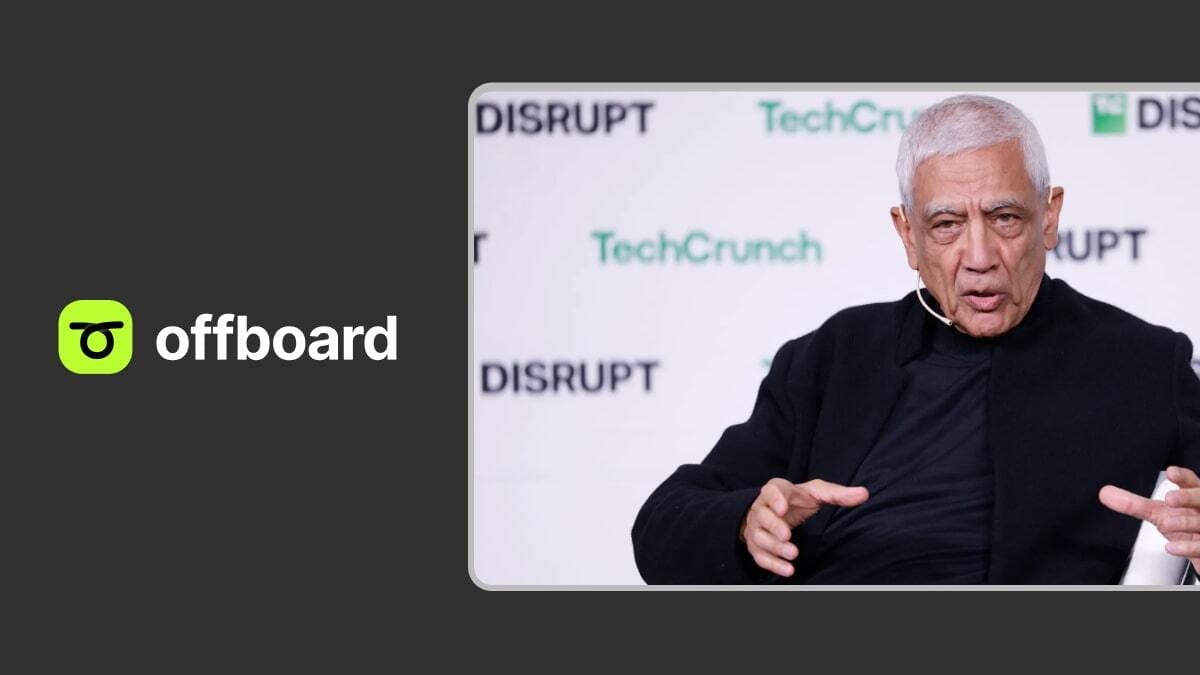

"A lesson I need to learn: It's ok to disappoint other people if you avoid disappointing yourself."
-FS👋 Welcome, Jobseekers
Amazon just fired a starting gun for the AI era—slashing 14,000 jobs to bankroll automation and daring every tech company to follow. Meta, Chegg, and others are already trimming fast, while Vinod Khosla’s calling for the U.S. to take 10% of every public company to spread AI’s spoils. In this issue: how Amazon’s move will ripple through org charts, why the next layoffs will look different, and how to future-proof your career before the bots get your badge.
🧑✈️ Career CoPilot: Khosla: U.S. should own 10% of every public company to cushion AGI impact.
📉 Layoff Report: Amazon To Lay Off 30,000 Employees; Chegg, Meta, Hootsuite, Robin AI, and too many more 😢
📈 Trends & Data: Amazon just rewrote the tech org playbook: cutting 14,000 to fund AI. What happens next?
🔧 Jobseeker Tools: Rezi Resume Builder, Final Round AI Interviewer
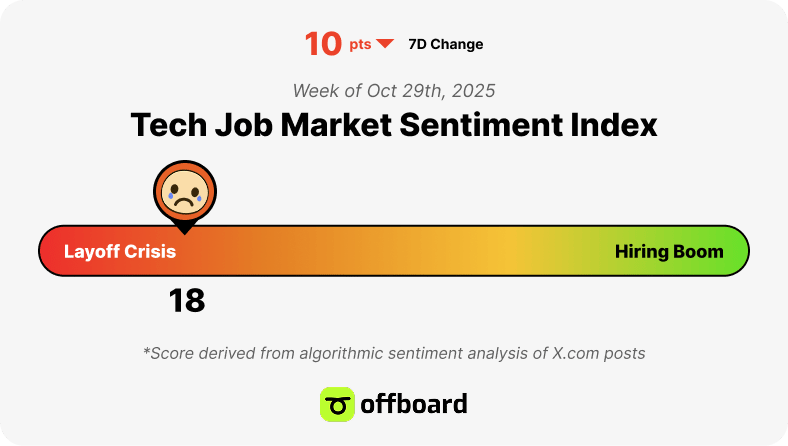
The Tech Job Market Sentiment Index stands at a dismal 18/100 (extremely negative), derived from analyzing 847 unique X posts from Oct 22–29, 2025, dominated by discussions of 180k+ YTD tech layoffs and AI-driven job displacement.


Source: TrueUp

Amazon To Lay Off 30,000 Employees After News The Company Plans Mass Automation
Amazon laid off 14,000 corporate jobs and is preparing to lay off up to 30,000, Reuters reported Monday, news that comes less than a week after internal strategy documents suggested the company would replace 600,000 workers with robots, artificial intelligence and other automation tools by 2033.
“If 30,000 people lose their jobs, the cut at Amazon will rank among the largest corporate job cuts in American history, almost equal with the 31,000 jobs eliminated by Boeing in the wake of the Sept. 11 terrorist attacks in 2001.”
Amazon May Lay Off 30,000 Employees After News The Company Plans Mass Automation
Hit by AI, edtech firm Chegg slashes jobs and names new CEO in major overhaul
SoftBank-backed Robin AI cuts a third of staff after failing to close $50m fundraise
Meta Told Some Employees Their Jobs Are Being Replaced by Tech - Business Insider
Applied Materials to Cut 4% of Global Staff After Sales Slow
TikTok Lays Off Around 15 Employees in U.S. and Latin American Music Divisions
Meta lays off 600 from ‘bloated’ AI unit as Wang cements leadership
Kaseya lays off hundreds of employees across Miami and other locations


Khosla: U.S. should own 10% of every public company to cushion AGI impact.
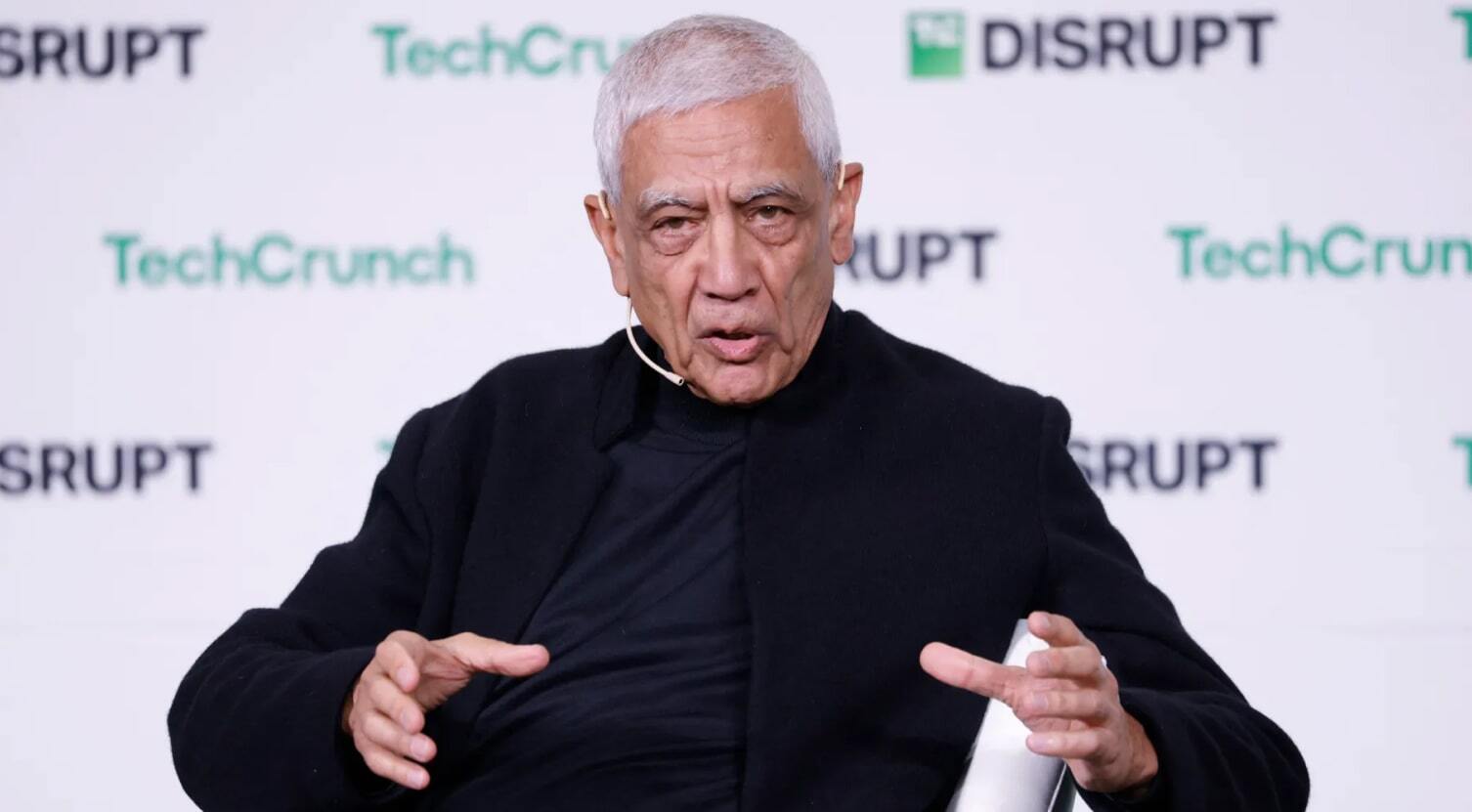
“I’ll get critique[d] for this idea, … But you know, sharing the wealth of AI is a really, really big need to level the benefits to everybody.”
Overview
VC Vinod Khosla floated a sweeping idea at Disrupt: give the public a slice of corporate America by having the U.S. take a 10% stake in all public companies, inspired by the government’s new Intel stake, according to TechCrunch.
The Details
Khosla said the U.S. could “take 10% of every corporation” and pool it for citizens. He tied it to AGI-driven upheaval.
He predicts a “hugely deflationary economy” by 2035 as AI scales.
Cites precedent: U.S. acquired about a 10% Intel stake this summer.
Khosla said many current jobs will vanish. He called some manual roles “servitude to survival.”
Startup angle: “AI for every profession” from accounting to chip design to entertainment.
UBI context: cites earlier AI-cash pilots, like OpenResearch’s cash studies.
Why It Matters
Policy wind is shifting. A real federal equity stake happened at Intel. If that model expands, it could fund benefits or dividends during AI disruption and redirect budgets toward automation and reskilling.
Product, founders: Government-as-shareholder could favor sectors tied to national priorities like chips and defense AI. Build for compliance and reporting.
Ops, finance: Deflation risk by 2035 changes pricing, margins, and comp plans. Stress test unit economics under price compression.
Policy, comms leads: Track ownership disclosures and messaging for gov-linked customers. Prepare FAQ on “public dividend” narratives.

Should the U.S. take 10% of all public companies? |

Amazon just rewrote the tech org playbook: cutting 14,000 to fund AI. What to do next?
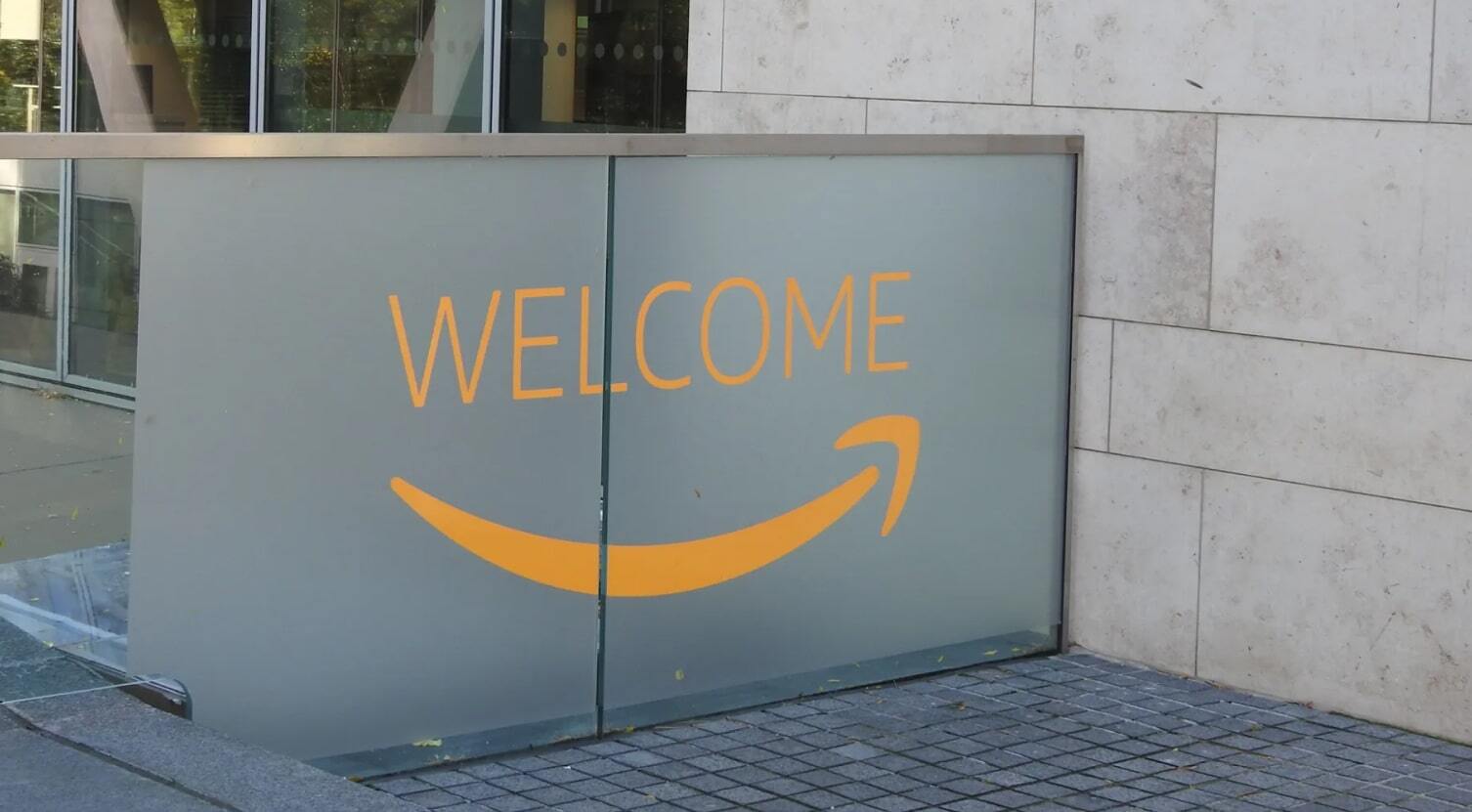
1) What happened
Amazon cut about 14,000 corporate roles across AWS, Devices and Alexa, Prime Video, Ads, HR, and more. Leadership framed it as running leaner, removing layers, and redirecting capital to AI. This is not classic belt tightening after a miss. It is a model shift that treats AI as core productivity infrastructure and raises the bar to AI-amplified output per employee.
Why it matters: When a top operator ties layoffs to AI efficiency and speed, boards everywhere take note. Headcount becomes a lever to fund compute, models, data quality, and automation. Hiring, promotions, and vendor spend will be judged on measurable AI lift.
2) What to expect next
Second-Order Effects (next 1 to 2 quarters)
Copycat delayering: Peers compress middle management, merge product scopes, and build smaller benches around staff engineers, applied scientists, and data engineers. Titles skew senior. Teams get thinner.
Capex migration: Budget shifts from headcount and side bets into model hosting, evaluation, MLOps, data pipelines, and robotics. SaaS without a hard ROI is cut at renewal.
AI supervisors over generalists: Roles tilt toward people who integrate, evaluate, and govern AI in production. Generic platform PM and manager roles shrink.
Internal mobility as optics: Companies offer 60 to 90 day internal searches, but only a fraction land on AI-priority teams.
Regulatory heat: More letters, hearings, and disclosure asks around automation plans. White-collar AI enters the warehouse automation debate.
Third-Order Effects (6 to 24 months)
New productivity benchmark: Leaders are judged by AI-adjusted output per FTE. Teams that prove durable AI lift attract budget and hires. Others face repeat RIFs.
Talent bifurcation: Cluster A sits near revenue or margin with AI in the loop. Cluster B keeps the core alive with thin senior teams. Everyone else competes for contracts or reskilling lanes.
Vendor shakeout: Tools survive if they cut cost per ticket, per lead, or per purchase order, or raise measurable quality. Consolidation follows.
Geo and function reshuffles: Functions move closer to data gravity and lower-cost hubs. Location strategy becomes role specific.
Evaluation culture: Before and after metrics for AI features become standard. Demand rises for people who design evals, guardrails, and rollouts.
3) How can I prepare for this?
Second-order plays you can execute this week
Reframe your resume around lift, not tools: Replace “used LLMs” with “reduced claim cycle time 28 percent using retrieval QA plus guardrails; 2.3 FTEs freed in 90 days.”
Target thin-org roles that stayed: Hunt postings that combine two or three adjacent scopes and emphasize ownership. Pitch yourself as a specialized generalist who wires AI into business processes.
Sell the integration and evaluation layer: Bring a simple template for quality, latency, cost, and fallbacks per use case. Offer a 4-week pilot that proves a metric move.
Chase renewal calendars: Outreach 60 to 90 days before vendor renewals. Pitch a 90-day ROI sprint as a contractor to hit leadership targets.
Exploit hiring asymmetry: When a giant delayers, a rival builds. Track earnings hints and map your outreach to those teams.
Third-order positioning, next 6 to 24 months
Become AI-proximate regardless of title: Aim your work at a line of business where AI can change the P and L. Own the measurable outcome.
Ship an AI-native portfolio with eval data: Small artifacts with published metrics beat prose.
Managers: prove you can run thin: Show an org map that combines scopes, marks where AI fits, and defines KPIs.
Late-career lever: Package advisory or interim roles to stabilize thin teams and stand up governance.
Sector pivot with speed: Move from shrinking niches to cybersecurity, AI safety, climate operations, or healthcare automation. Take one rung down if needed to switch lanes fast.

Rezi - Resume Builder
The Best Free AI Resume Builder
You'll never stare at a blank screen again. Meet Rezi, a new-gen AI Resume Builder that writes the perfect resume for you. The kind of resume recruiters actually read. The kind that gets you hired.
Final Round AI - Interviewer
Ace Any Interview With Interview Copilot
Their Interview Copilot works silently in the background during your live interviews. When the interviewer asks a question, you get instant, tailored responses pulled from your resume, past experience, and the job description. It's like having an expert coach whispering perfect answers, completely invisible to interviewers.
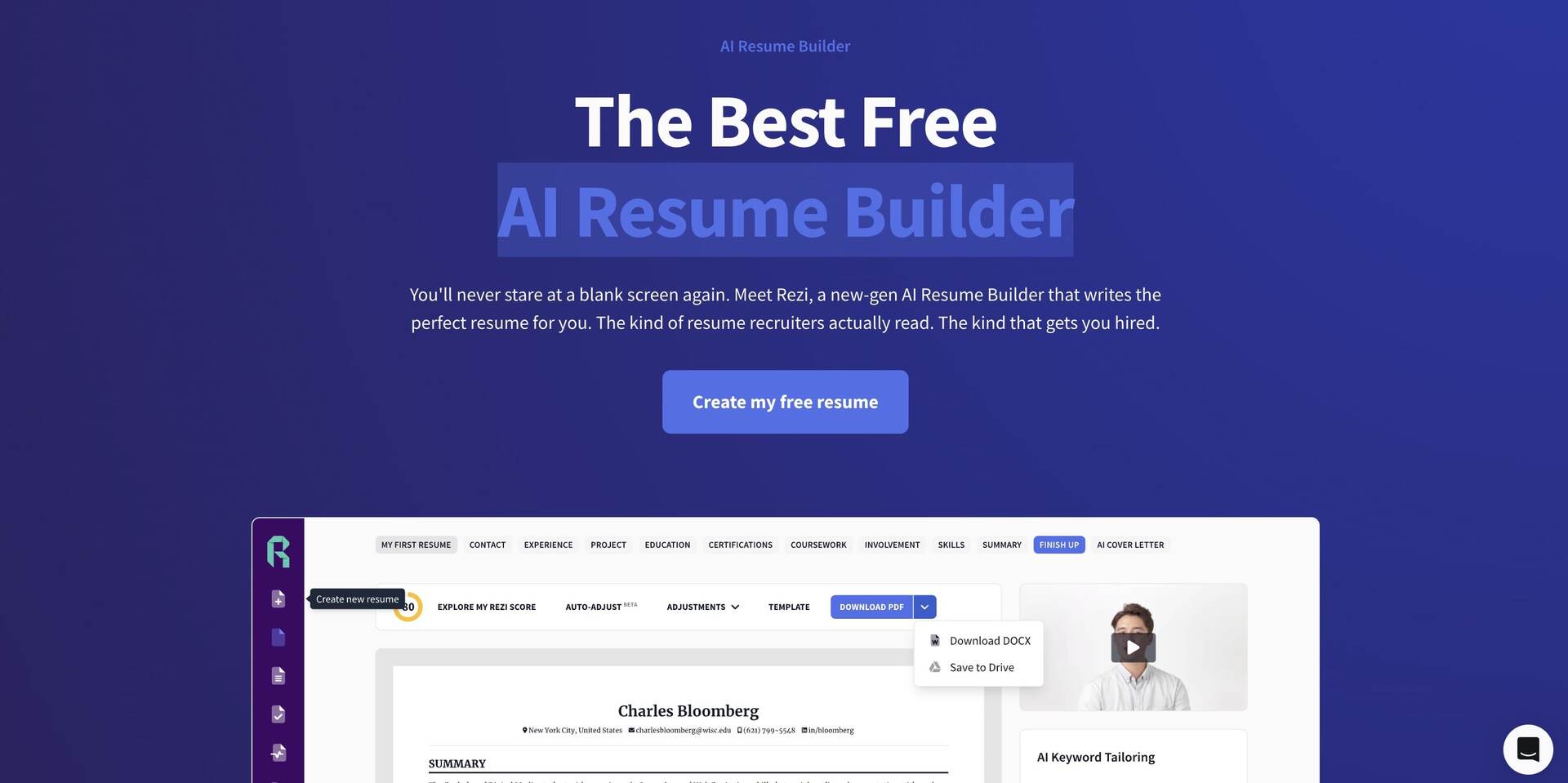
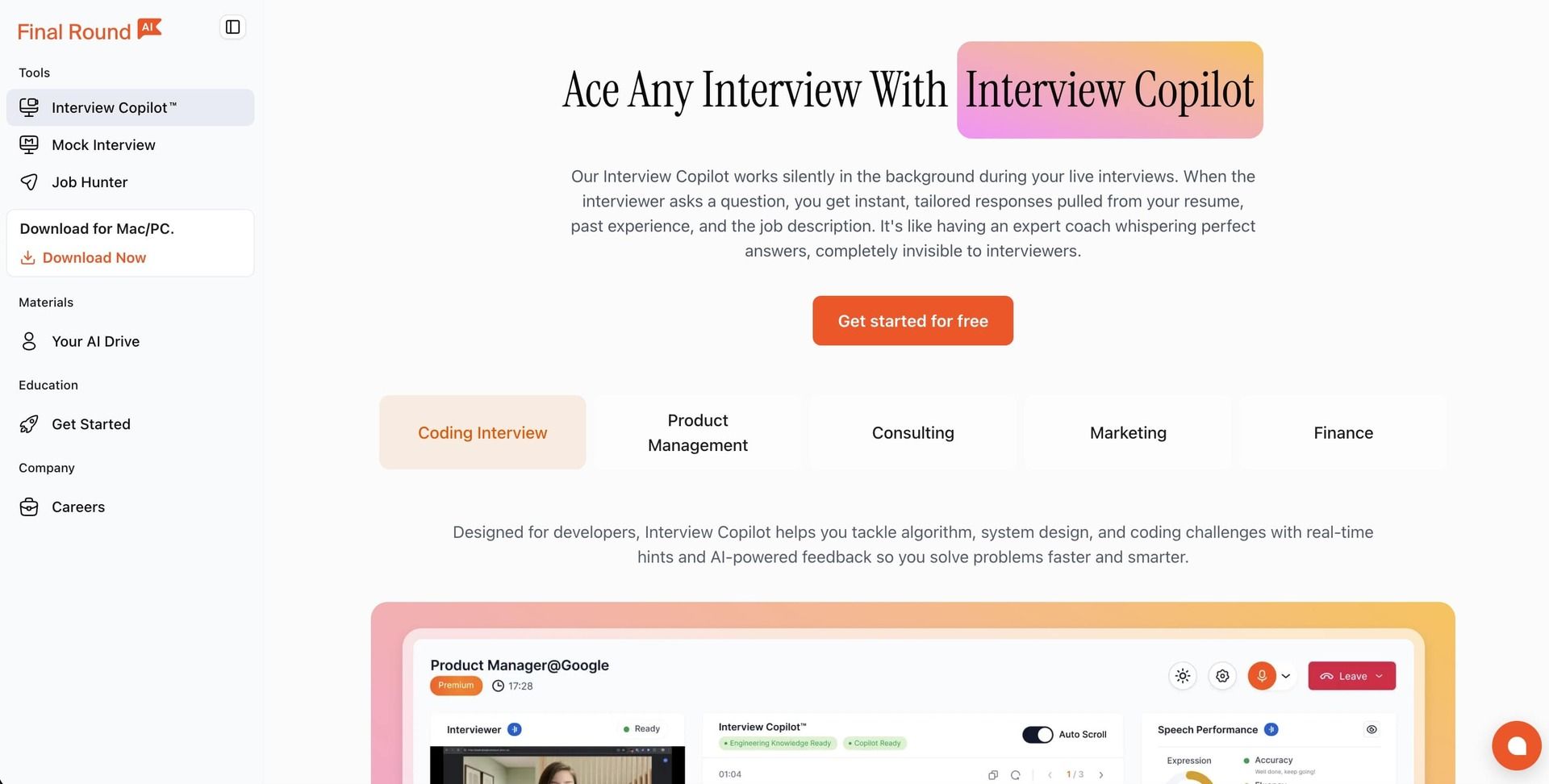


Reply